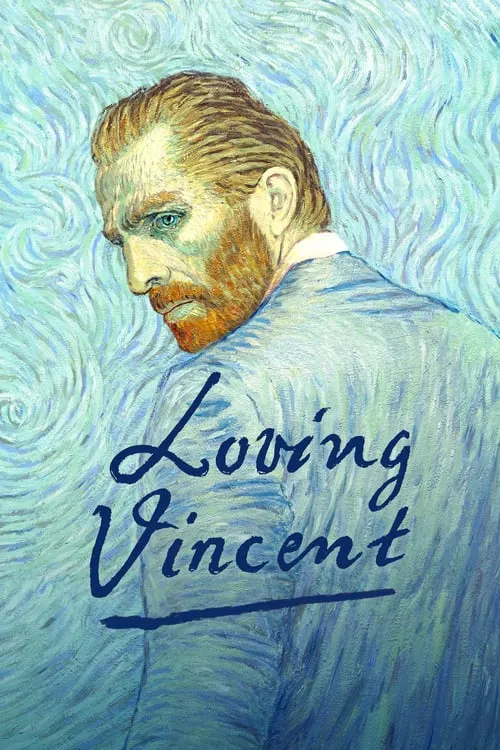Loving Vincent

Plot
In the picturesque village of Auvers-sur-Oise, on the outskirts of Paris, the year is 1890. It's a time when the Impressionist movement is gaining momentum, and the art world is abuzz with the innovative works of Vincent van Gogh. Amidst this tranquil setting, a young man named Armand Roulin, the village's postman, arrives with a package and a letter addressed to the brother of the famous painter. The letter, penned by Van Gogh himself, is a desperate cry for help, and Armand is tasked with delivering it to Theo, Vincent's brother. As Armand navigates the winding streets of Auvers, he's struck by the beauty of the surroundings, reminiscent of the scenes Van Gogh immortalized on canvas. However, with the passing of time, the village is gradually losing its charm, and the once-great artist lies in a small, makeshift room above a tavern, his health in rapid decline. As Armand searches for Theo, he becomes acquainted with the villagers, each with their own stories and struggles. There's Adeline Ravoux, the landlady's daughter, who harbors a deep admiration for Van Gogh's work and becomes increasingly intrigued by the circumstances surrounding his death; Irmy, a young artist with a passion for painting, inspired by the master's legacy; and Dr. Paul Gachet, the doctor tending to Van Gogh's every need, who seems to hold secrets of his own. As the days pass, Armand finds himself entwined in a web of curiosity and intrigue. The villagers, who initially seemed friendly and welcoming, begin to share whispers and theories about Van Gogh's final days. Some believe he was murdered by a rival artist, while others speculate that he was driven to despair by his struggles with mental illness. Amidst the whispers, Armand becomes resolute in his determination to unravel the truth behind Vincent's troubled final days. The narrative shifts seamlessly between the present, where Armand navigates the tight-knit community, and the paintings of Van Gogh, which take center stage as the events unfold. This innovative storytelling device allows the audience to experience the world through Van Gogh's eyes, witnessing the beauty and the turmoil that inspired some of his most iconic masterpieces. As Armand digs deeper, the layers of complexity surrounding Van Gogh's life begin to unravel. The once-maligned artist, struggling with poverty, depression, and self-doubt, emerges as a multifaceted individual, driven by a fierce passion for his art and his pursuit of truth. His letters to Theo, shared by the villagers, reveal the turmoil brewing beneath the surface, and Armand starts to piece together the events leading to Van Gogh's tragic demise. With each passing scene, the film builds towards a poignant conclusion, as Armand finally delivers the letter to Theo, only to be met with a crushing realization. Vincent van Gogh, the tortured soul who had left such an indelible mark on the world, had taken his own life, leaving behind a body of work that would be celebrated for generations to come. The movie's sweeping narrative brings to life the people and places that shaped Van Gogh's life, from the fields and landscapes of Provence to the cafes and markets of Paris. Through Armand's journey, we come to understand the tragic circumstances that led to Van Gogh's demise, a testament to the enduring power of his art to transcend time and circumstance. As the colors of the paintings fade into the Parisian twilight, the film's haunting conclusion leaves the viewer with a profound appreciation for the artist, his art, and the enduring legacy that forever changed the world.
Reviews
Recommendations




